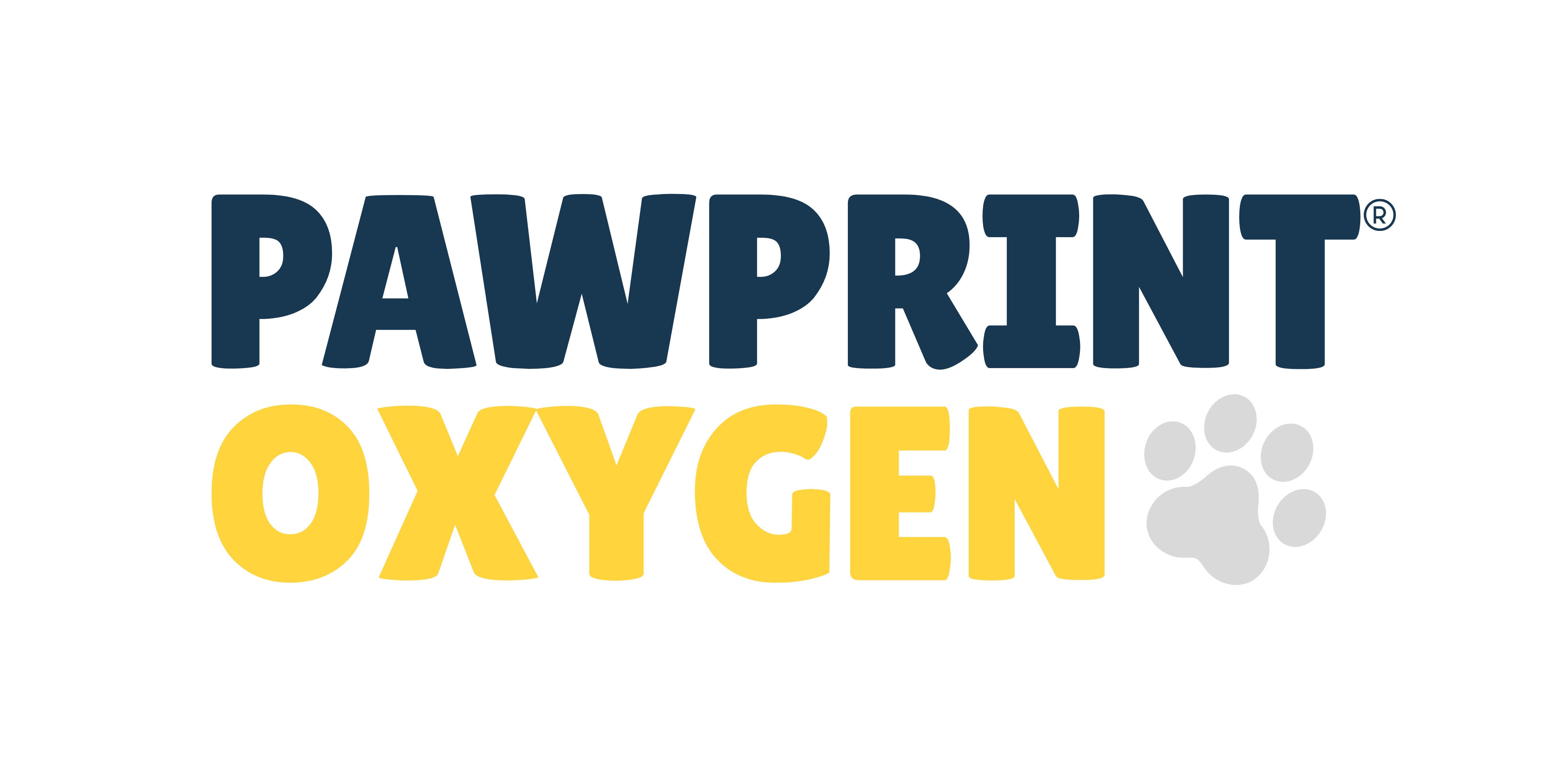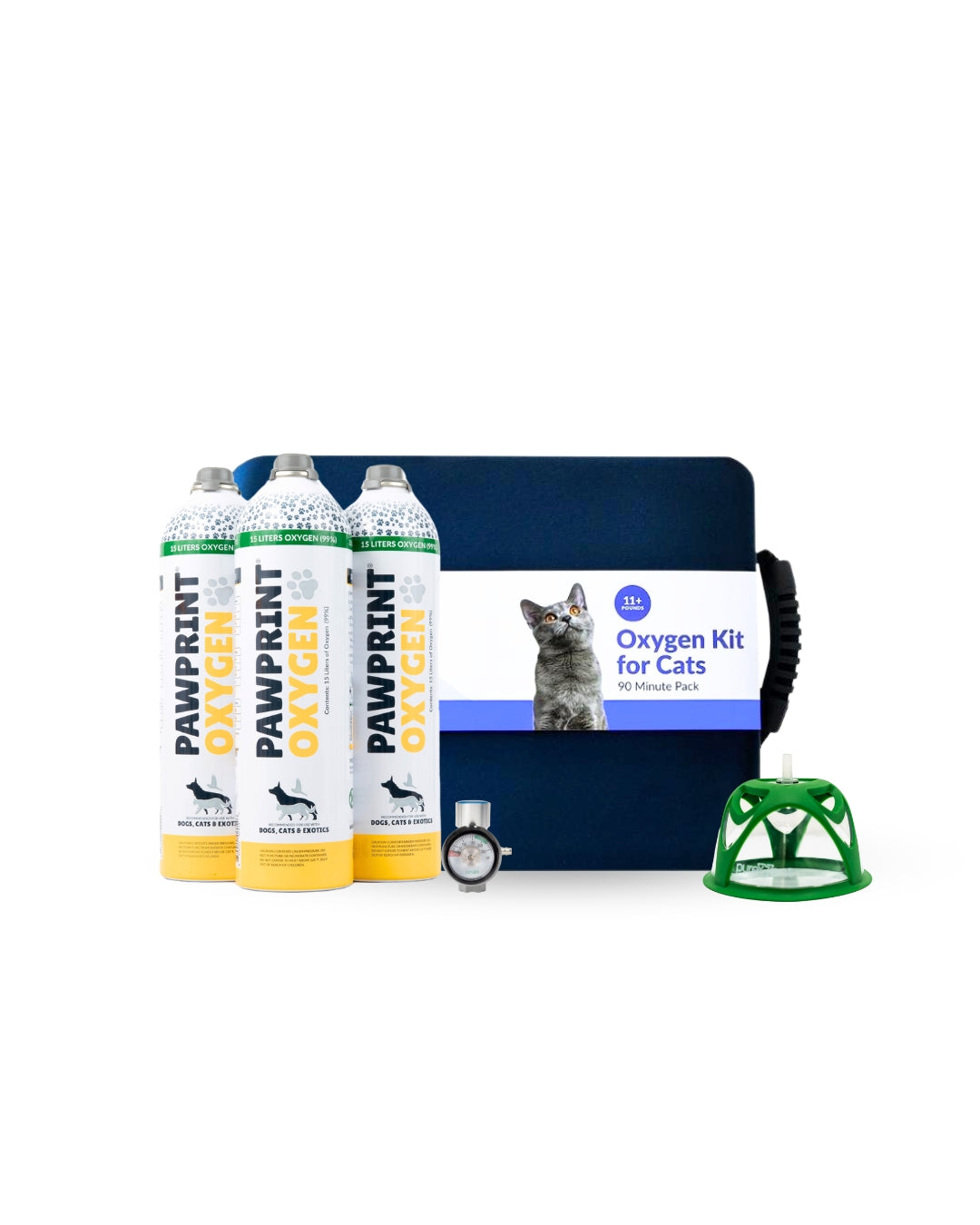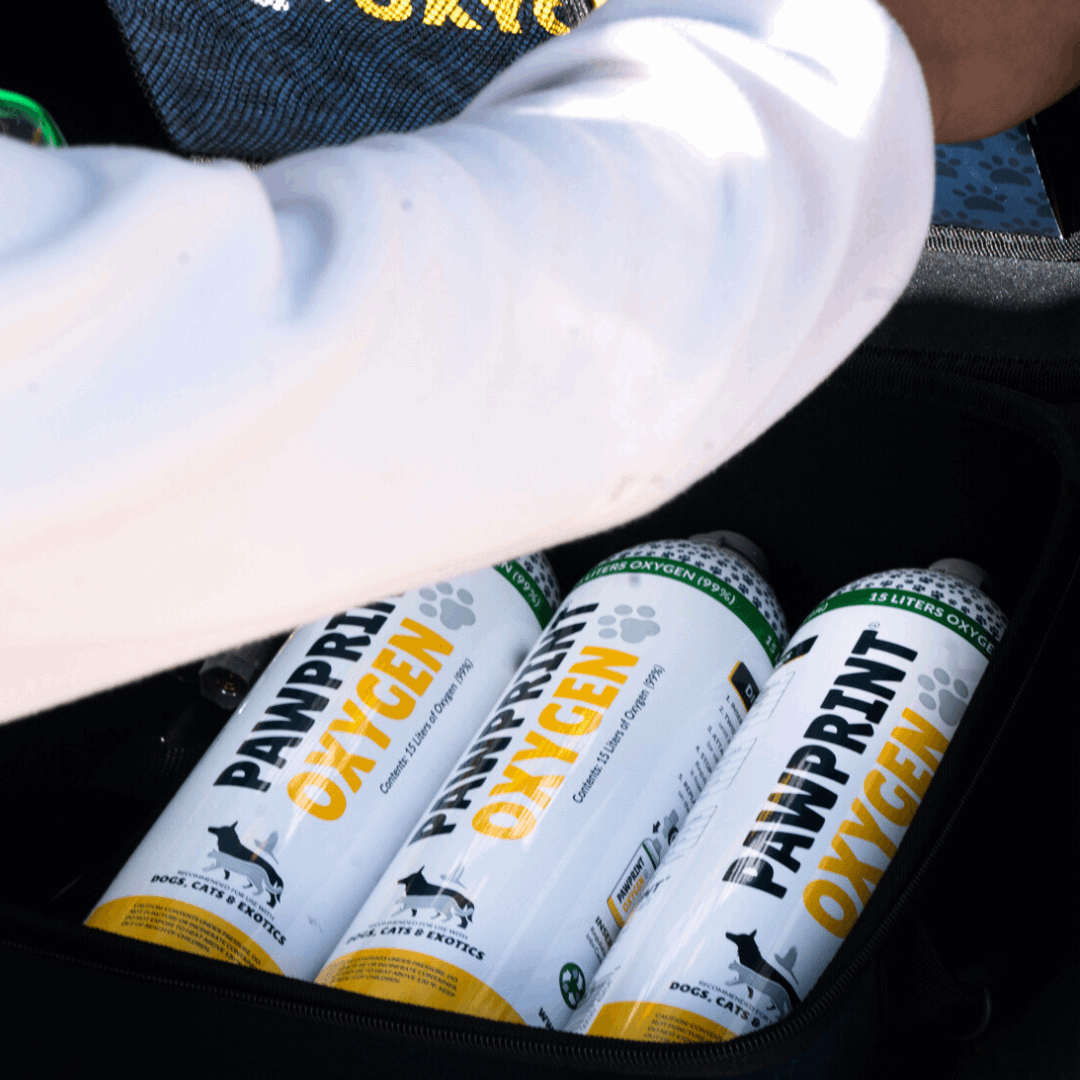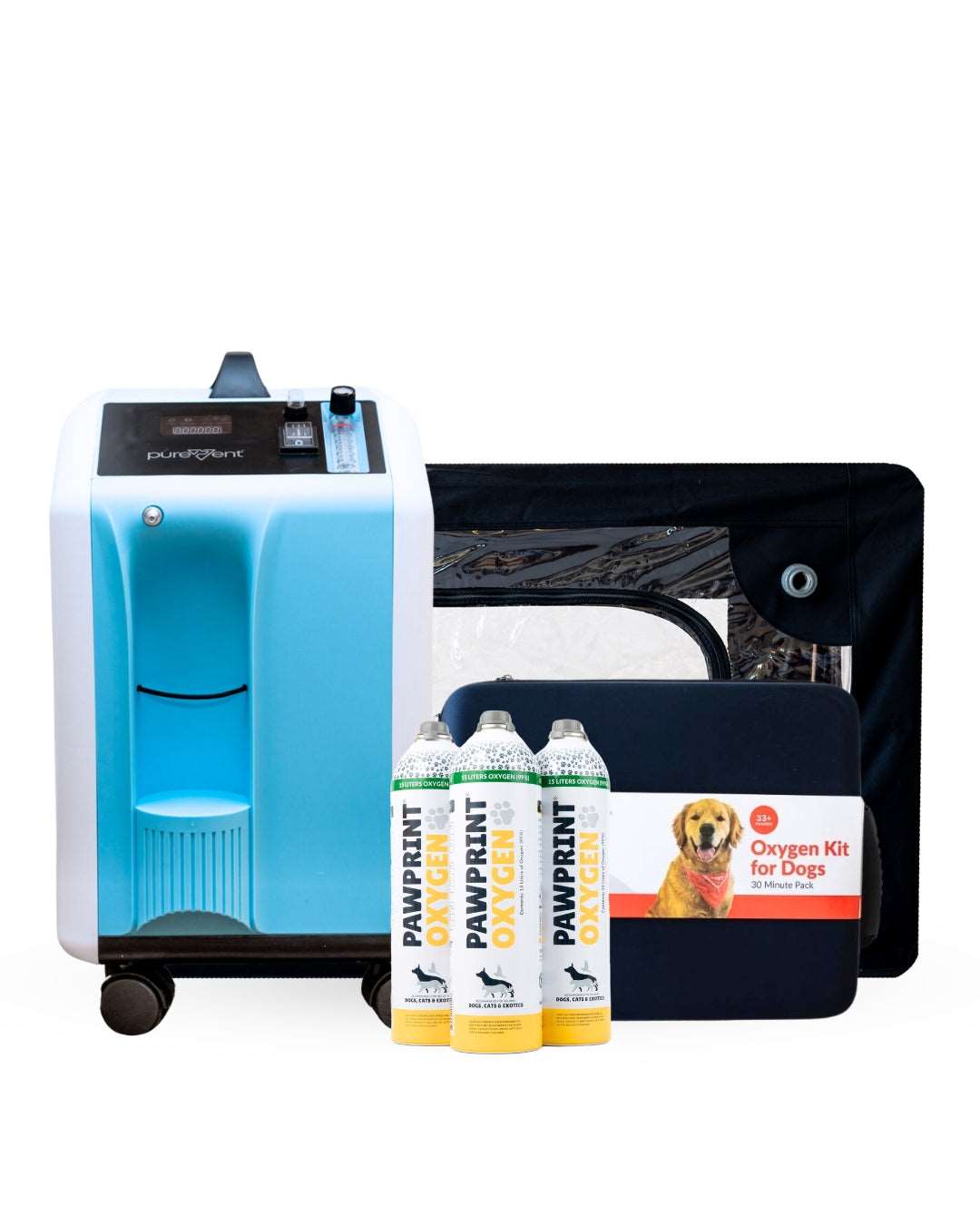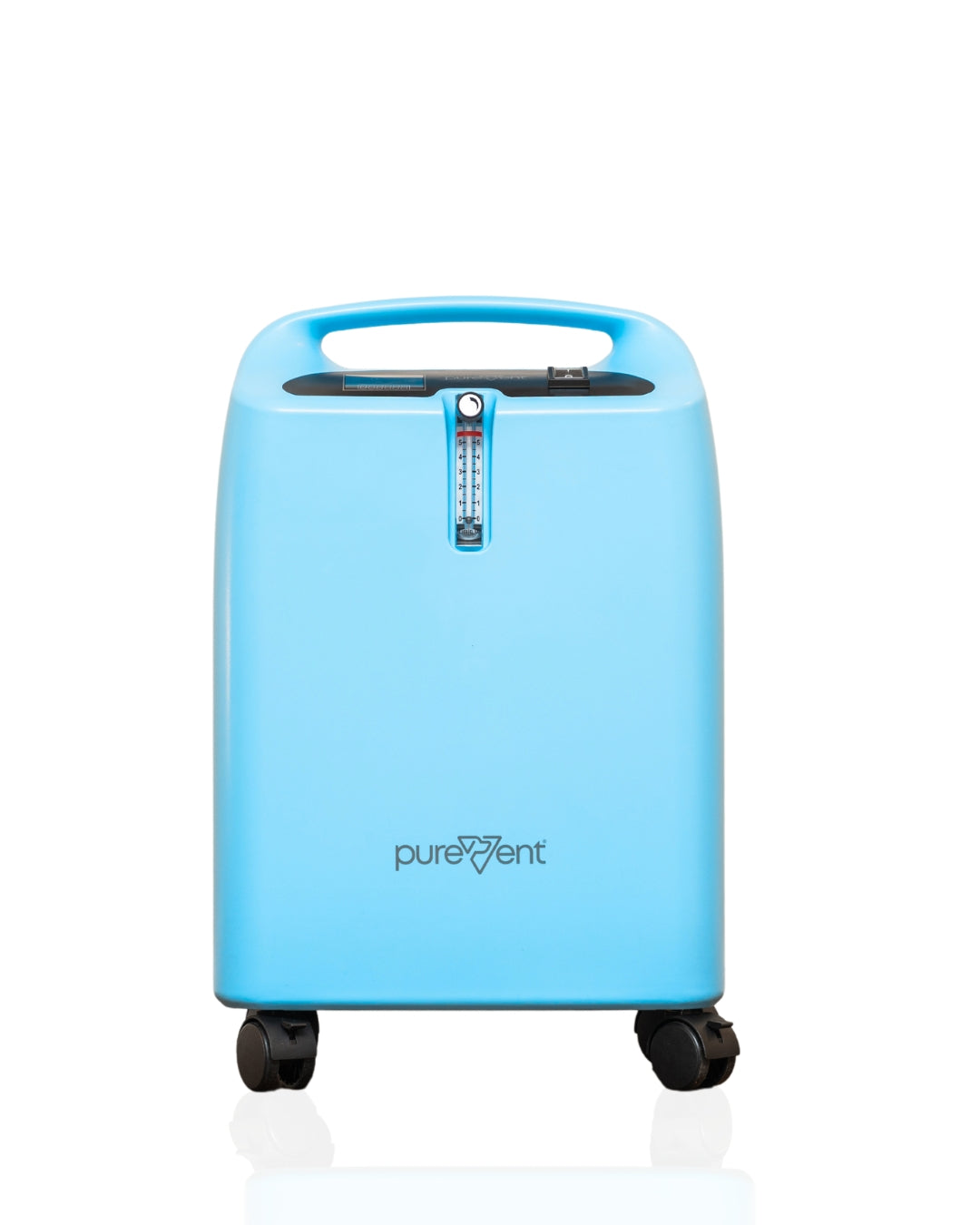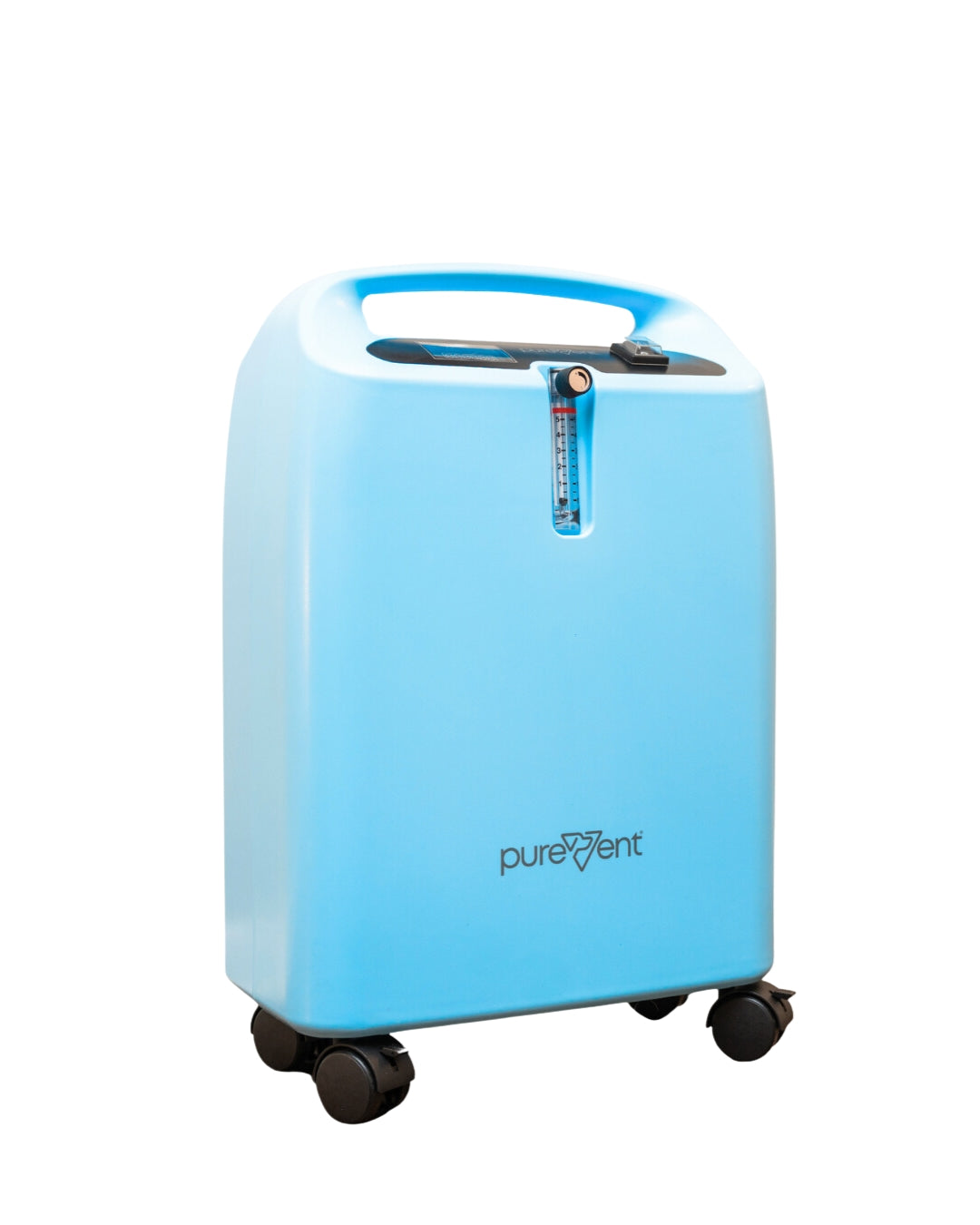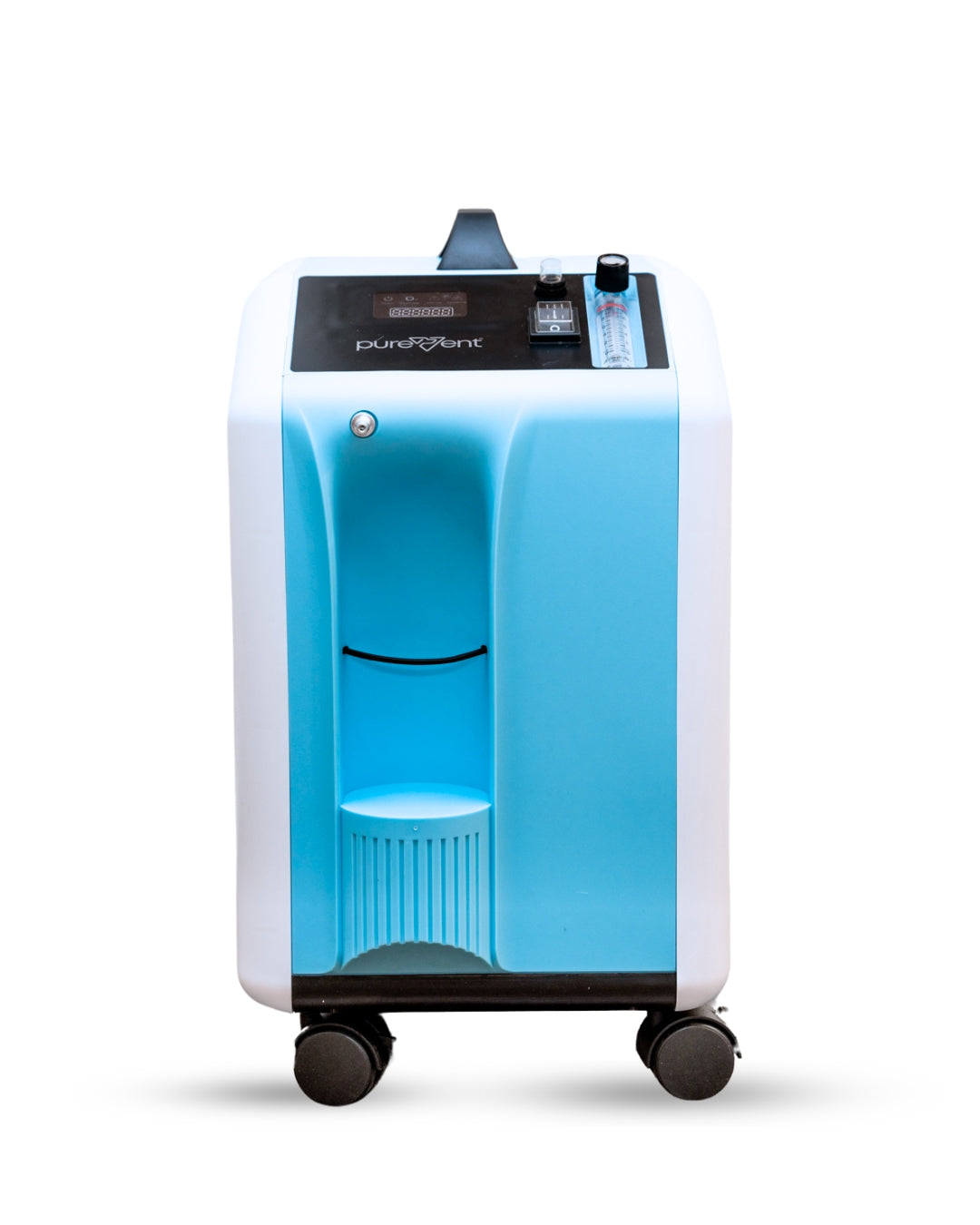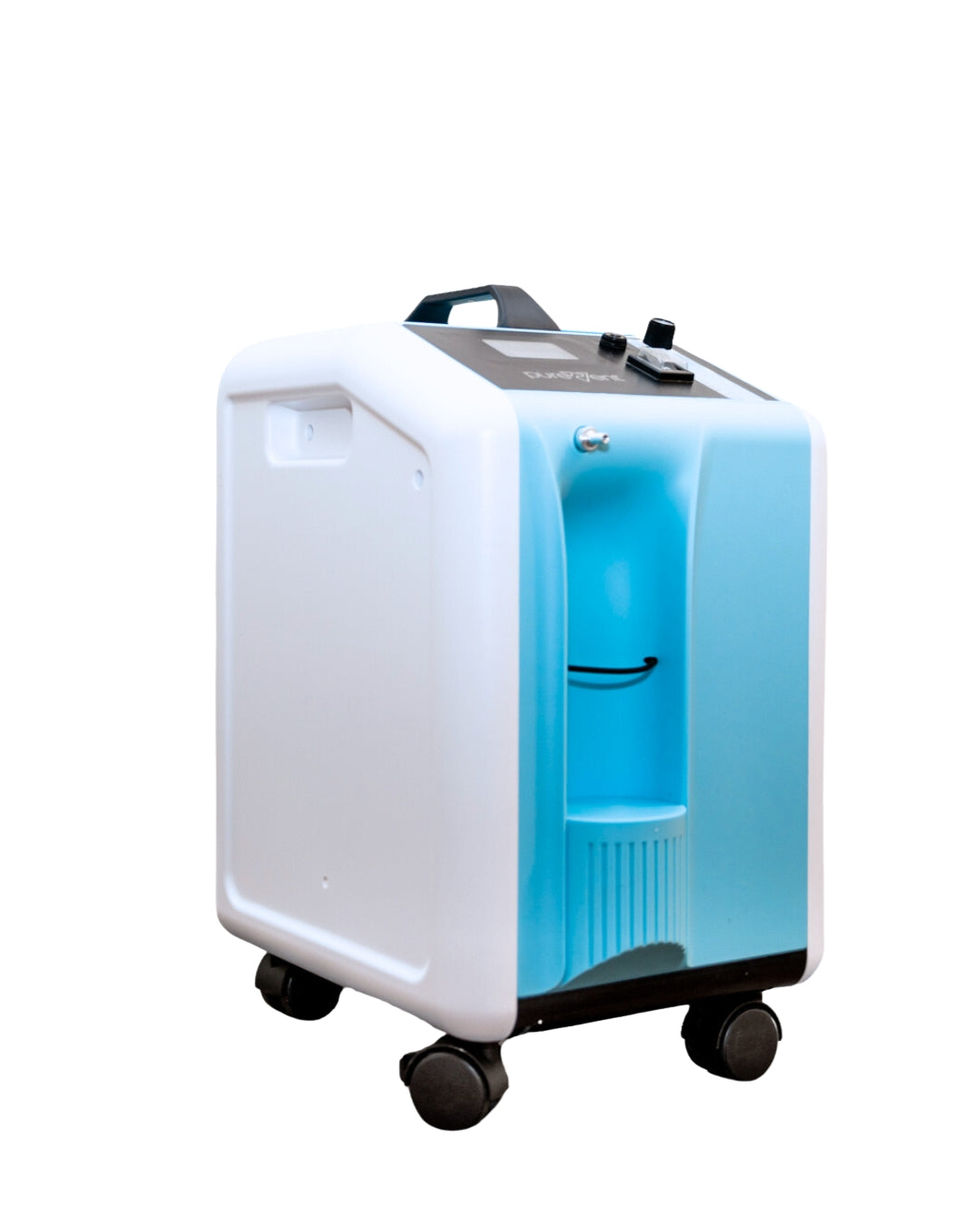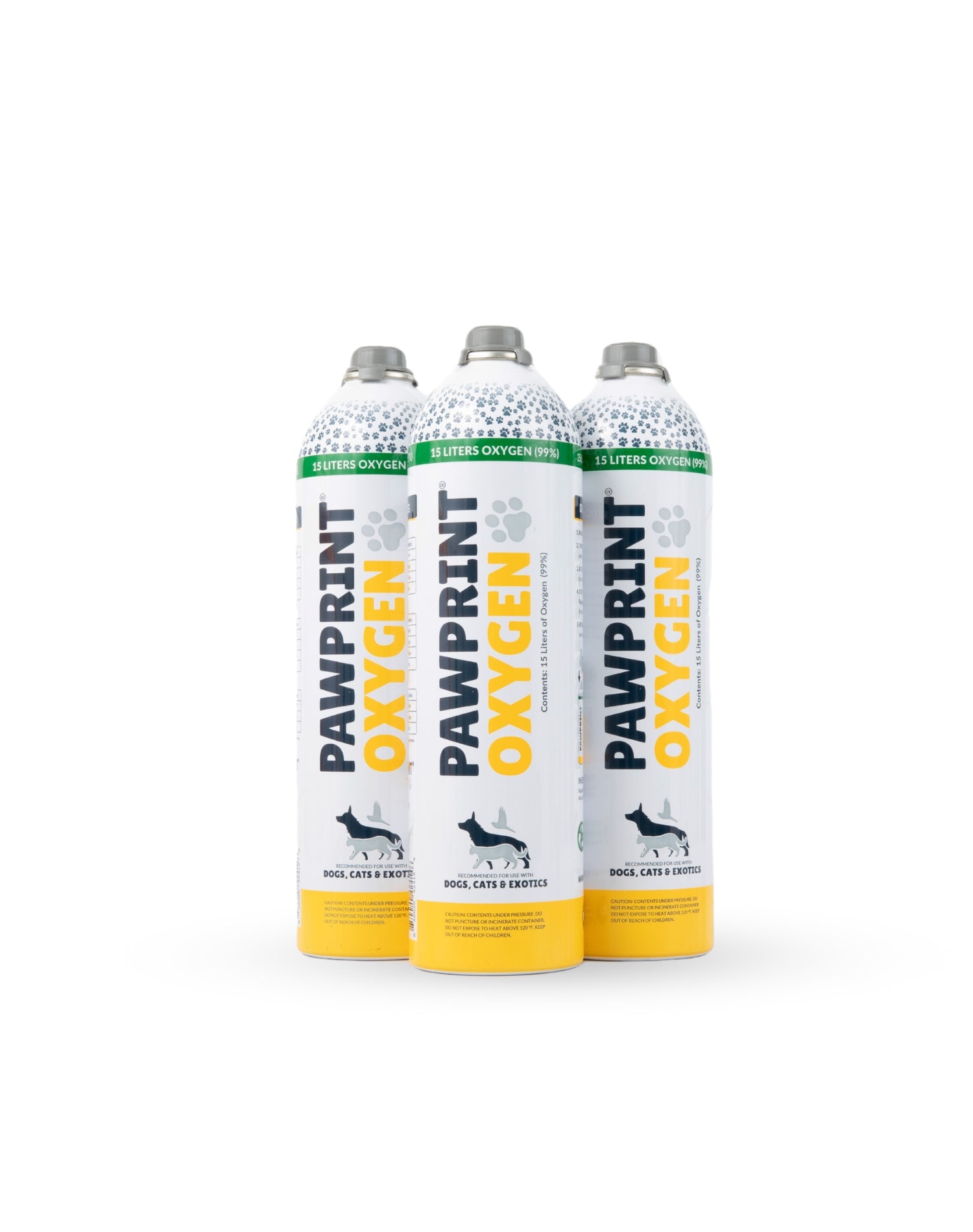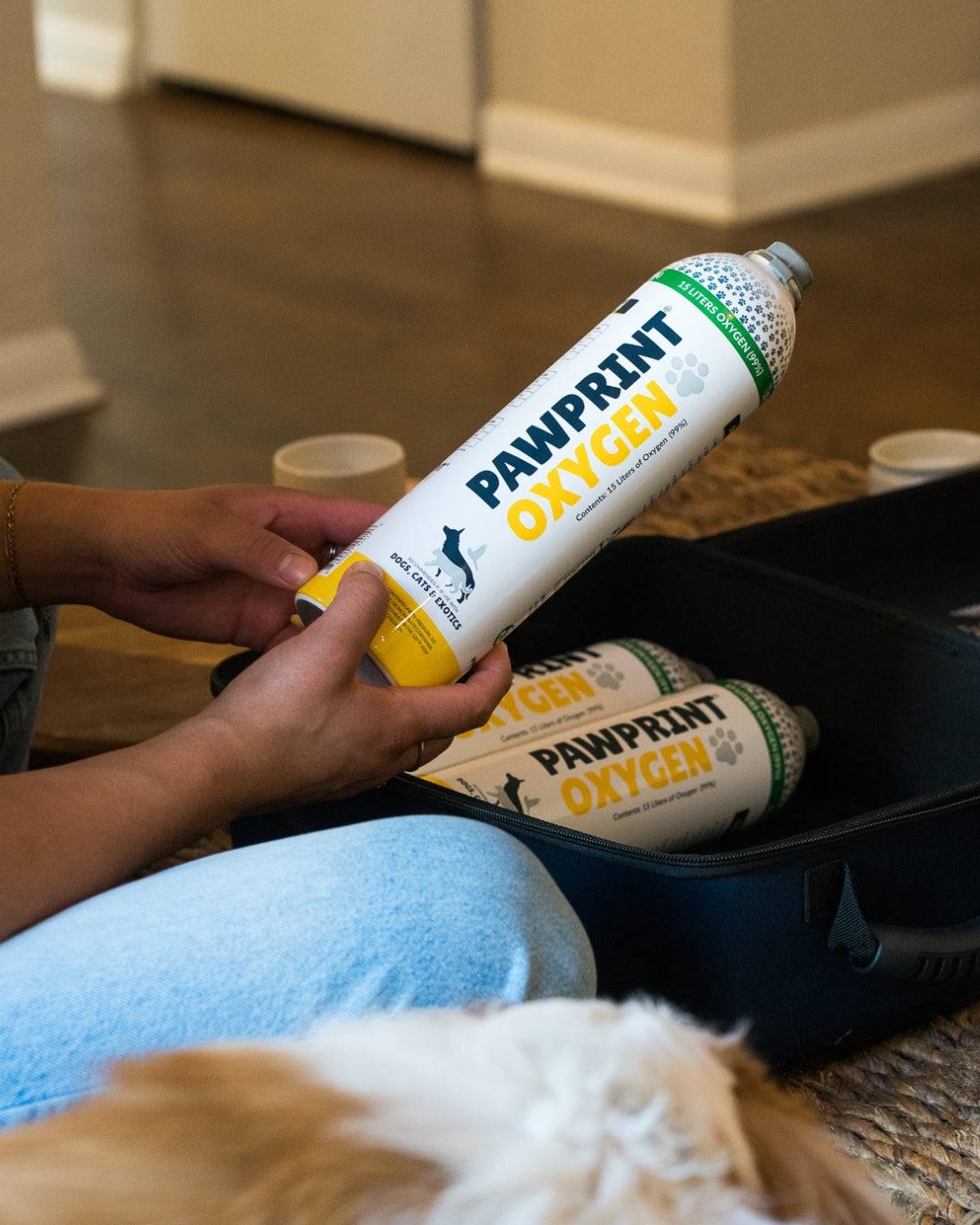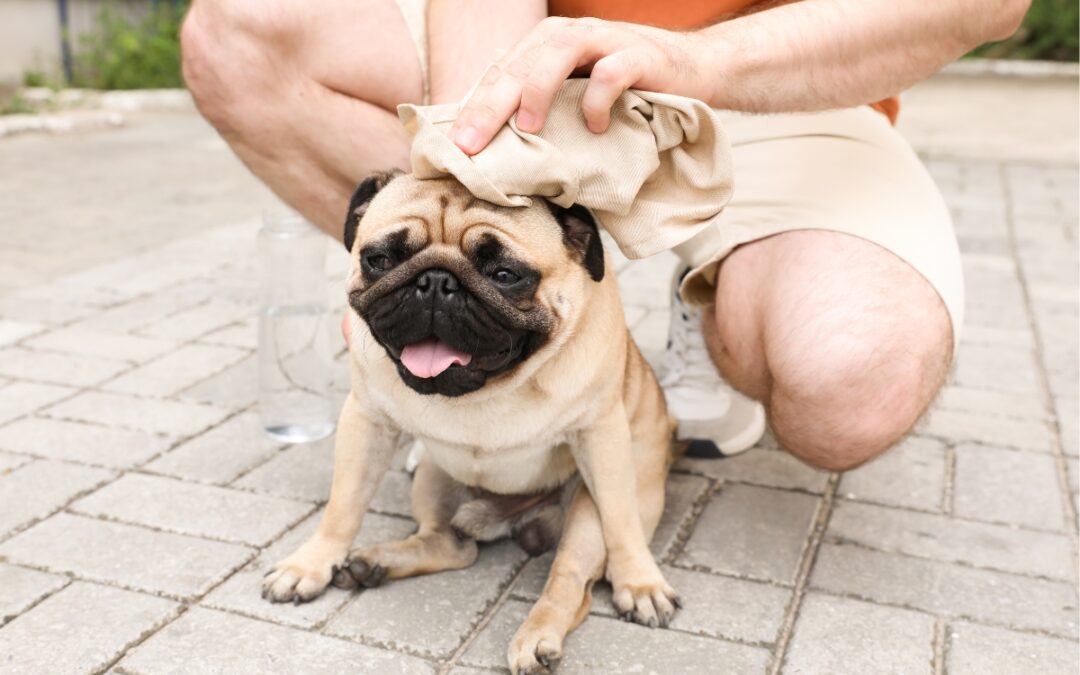In moments of respiratory distress, having immediate access to oxygen in the form of oxygen canisters can mean the difference between life and death for your pet. Oxygen canisters, designed specifically for emergency use, provide a crucial lifeline in situations where every second counts. Whether it's due to smoke inhalation from a house fire, an acute asthma attack, or complications from chronic respiratory conditions, the ability to administer oxygen quickly with the use of oxygen canisters can stabilize your pet and prevent serious, potentially fatal outcomes.
This article will explore the vital role that oxygen canisters play in emergency preparedness for pet owners. We’ll delve into the types of situations where oxygen therapy and oxygen canisters can be lifesaving, how to use these oxygen canisters effectively, and why they are an indispensable addition to your pet first aid kit. By understanding the importance of oxygen canisters and learning how to use them properly, you can ensure that you are prepared to provide immediate care and support to your beloved pets in times of crisis.
Pet Health Conditions That Benefit from the Use of Oxygen Canisters
1. Collapsing Trachea
The trachea (windpipe) is responsible for carrying air from the external environment to the lungs. In collapsing trachea, the cartilage rings that support the trachea weaken, leading to a partial collapse of the airway. This can severely restrict the flow of air, making it difficult for pets to breathe. Providing supplemental oxygen, via oxygen canisters, ensures that enough oxygen is reaching the lungs and bloodstream despite the compromised airway.
2. Heart Failure
Heart failure occurs when the heart is unable to pump blood effectively, leading to reduced oxygen delivery to the body's tissues. As a result, organs and tissues, including the brain, can't function properly without adequate oxygen supply. Oxygen supplementation with the use of oxygen canisters with a mask can help alleviate the strain on the heart by ensuring that oxygen levels in the bloodstream remain sufficient, even if the heart's pumping capacity is reduced.
3. Pneumonia
Pneumonia is an inflammation of the lungs usually caused by infection. Inflammation and infection can lead to fluid accumulation and reduced lung function. This means that oxygen exchange in the lungs is compromised, resulting in lower oxygen levels in the bloodstream. Supplemental oxygen from oxygen canisters and concentrators is crucial in pneumonia cases to maintain the body's oxygen balance while the lungs work to overcome the infection and inflammation.
Read about the 2023 Oregon Dog Pneumonia Outbreak here
4. Respiratory Distress
Any condition that causes severe difficulty in breathing, such as asthma, bronchitis, or severe respiratory infections, can lead to decreased oxygen intake. Supplemental oxygen via oxygen canisters and concentrators can help improve oxygen levels in the bloodstream and eases the strain on the respiratory system.
5. Chronic Obstructive Pulmonary Disease
(COPD): COPD is a group of lung diseases that can cause breathing difficulties due to chronic inflammation and narrowing of the airways. Oxygen supplementation with the use of oxygen canisters or concentrators can be useful in managing oxygen levels in pets with COPD.
In these health situations, the body's oxygen demand may be increased due to factors like labored breathing, decreased oxygen intake, or reduced oxygen exchange in the lungs. Providing supplemental oxygen with oxygen canisters or extended oxygen therapy helps ensure that the pet's organs and tissues receive enough oxygen to function properly, even when the natural respiratory or cardiovascular systems are compromised.
Other Examples Of Acute Conditions That Benefit the Use of Oxygen Canisters
Smoke Inhalation: Pets exposed to smoke or in fires can suffer from smoke inhalation injuries, leading to difficulty breathing and decreased oxygen levels. Supplemental oxygen is crucial for these cases to aid in recovery.
Anesthesia and Surgery Recovery: After surgery or during anesthesia, pets may experience reduced respiratory function. Providing supplemental oxygen during recovery can help ensure a smooth transition as they regain consciousness.
Trauma or Shock: Pets that have experienced trauma, severe injury, or shock may have compromised oxygen delivery to their tissues. Oxygen therapy can aid in stabilizing their condition while other treatments are administered.
Near Drowning: Pets that have almost drowned may develop breathing difficulties due to water entering their lungs. Oxygen therapy is important to support lung function and recovery in these cases.
Acute Respiratory Distress Syndrome (ARDS): ARDS is a severe lung condition often caused by factors like infection, trauma, or inhaling harmful substances. It leads to rapid onset of breathing difficulties and decreased oxygen levels. Oxygen therapy is a mainstay of treatment.
What Oxygen Treatments Are Available for Pets to Use?
Portable Oxygen Kits
Pawprint Oxygen’s Portable Oxygen kits are designed to be used for emergency situations when your pet needs oxygen right away. The kit is equipped with everything you need - oxygen canisters, a pre-set flow regulator, oxygen tubing, and a PureVent Pet Oxygen Mask. Read below for a breakdown on each item:
Oxygen Canisters
Pawprint Oxygen is excited to announce our new 15 Liter oxygen canisters! With 50% more oxygen than our 10L oxygen canisters, and with the added flow rate of 3.0LPM (Liters per minute), our new oxygen canisters will enable pet parents and veterinarians to administer the same 99% pure oxygen, but in a wider range of use cases.
What is staying the same:
- Each oxygen canister contains 99% pure oxygen.
- The oxygen canisters are simple and easy to use, making treatment during emergencies and transport easier to manage.
- Oxygen canisters are lightweight and portable (each 15L canister weighs less than half a pound when full!)
- Each oxygen canister has a 2 year shelf life, remaining under pressure until you are ready to use it.
What is better:
- During transport, the 15L oxygen canisters will last longer, so you can go farther on each oxygen canister.
- You receive more value for your money.
- The increased oxygen canister size allows us to treat pets at a higher flow rate, as we introduce our 3.0LPM regulator.
- It is still the exact same process to use the 15L oxygen canisters, which will help pet parents and veterinarians transition easily from using the 10L oxygen canisters.
- The 15L oxygen canisters are also recyclable once empty, so more material does not necessarily mean more waste.
| Animal Weight | Flow Rate | Duration (15L Canisters) | Duration (10L Canisters) |
|---|---|---|---|
| 0-5 kg (0-11 lb) | 0.5 LPM | 30 Minutes | 20 Minutes |
| 6-10 kg (12-22 lb) | 1.0 LPM | 15 Minutes | 10 Minutes |
| 11-15 kg (23-33 lb) | 2.0 LPM | 7.5 Minutes | 5 Minutes |
| 16-20 kg (34-44 lb) | 3.0 LPM | 5 Minutes | 3.3 Minutes |
Oxygen Tubing
Our medical-grade oxygen tubing is 7 feet long to accommodate a longer reach when needed. Our tubing is durable and easy to connect to both the oxygen canisters and mask. Replacement tubing is always available on our site.
PureVent Pet Oxygen Masks
The PureVent Pet Oxygen Mask features tri-vent technology that disperses 80% more carbon dioxide than the leading competitors. Rebreathing is the primary consideration when designing a pet oxygen mask. Your pet’s mask must be able to vent carbon dioxide, heat, and humidity away from your pet when they exhale, preventing exhaled CO2 from building up inside the mask. Constructing our mask with three triangular rebreathing vents towards the end of the mask, the PureVent Pet Oxygen Mask can efficiently eliminate these elements. As a result, pets can breathe in the purest air possible and increase their total oxygen intake.
Oxygen Regulator
Based on your pet’s weight, we’ll suggest the correct flow rate in your pet’s portable oxygen rescue kit. We’ve just added a new regulator 3.0 flow rate size to accommodate even larger pets!
The Lifesaving Power of Oxygen Canisters for Your Pets
Oxygen canisters are more than just a piece of emergency equipment; these oxygen canisters are a lifeline that can make a crucial difference in times of respiratory distress for your pets. Whether faced with a sudden health crisis like an asthma attack, smoke inhalation from a fire, or complications from chronic respiratory conditions, having an oxygen canister on hand ensures that you can provide immediate and effective support to your beloved animals.
By understanding how to properly use oxygen canisters and integrating them into your emergency preparedness plan, you are taking a proactive step towards safeguarding your pet's health and well-being. These oxygen canisters offer a portable, reliable solution to stabilize your pet until professional veterinary care can be administered. In the critical moments when every second counts, oxygen canisters can be the deciding factor between a manageable situation and a life-threatening emergency.
Investing in oxygen canisters and familiarizing yourself with their use demonstrates a commitment to comprehensive pet care. It ensures that you are always prepared to act swiftly and effectively to protect your pet's health. Remember, in an emergency, your calm and prepared response can save your pet's life.
